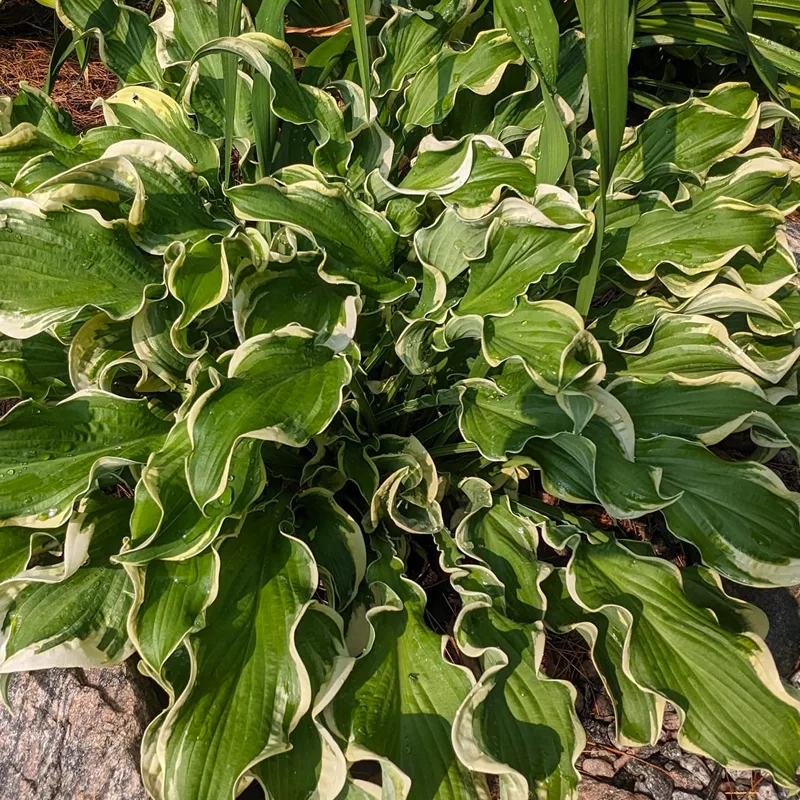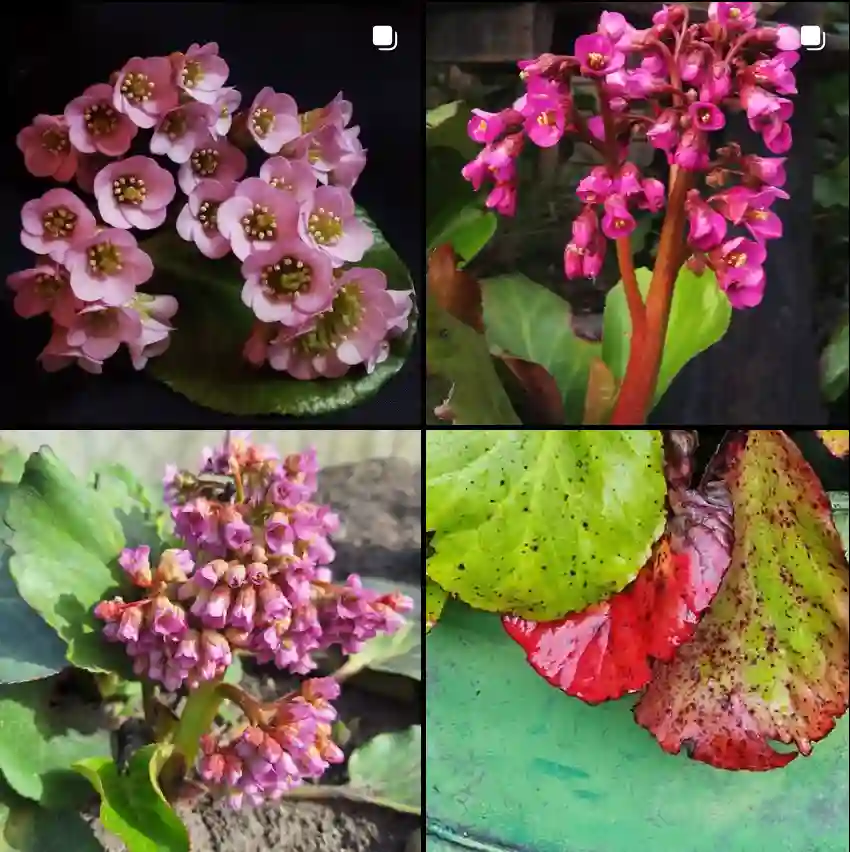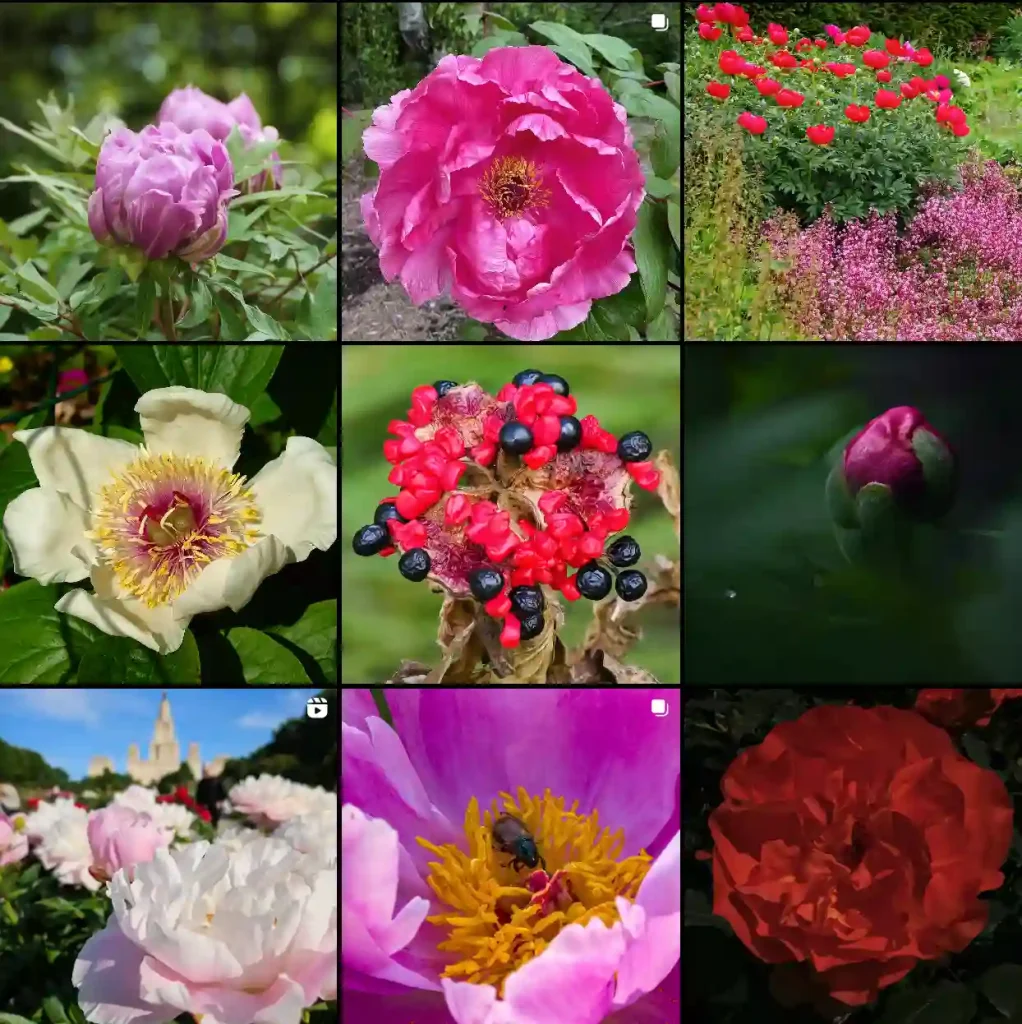Exploring the Ophioglossaceae Family: A Personal Journey
As a passionate plant enthusiast, I find joy in exploring unique and lesser-known plant families. One such family that captivates me is the Ophioglossaceae family. This intriguing family of ferns comprises a few genera, including Botrychium, Helminthostachys, Mankyua, and Ophioglossum. In this article, I’ll share my insights and experiences with these fascinating plants, delving into their characteristics, habitats, and personal observations.
What is Ophioglossaceae?
The Ophioglossaceae family consists of ancient ferns that have adapted to a variety of environments. They are often referred to as “adder’s-tongue” ferns due to the unique shape of their fronds. These ferns are typically characterized by their small stature and distinctive reproductive structures, which set them apart from more common fern species.
My fascination with Ophioglossaceae began when I stumbled upon Ophioglossum, often regarded as the star of the family. Known for its unusual appearance, Ophioglossum can produce a high number of spores, sometimes exceeding 100,000 in a single frond! I was amazed to learn that these ferns can thrive in diverse habitats, from moist woodlands to dry grasslands.
Genera in the Ophioglossaceae Family
Botrychium
Botrychium is perhaps the most recognized genus in the Ophioglossaceae family. This genus, commonly known as the moonworts or rattlesnake ferns, features small, delicate fronds that often resemble the shape of a crescent moon. I remember my first encounter with Botrychium in a shaded forest area; the sight of its elegant, lobed fronds rising from the forest floor was simply enchanting.
One of the most intriguing aspects of Botrychium is its reproductive strategy. Unlike many ferns, which produce spores in clusters called sori, Botrychium produces its spores in specialized structures known as sporangiophores. This unique feature allows them to efficiently disperse their spores in the wind, ensuring the survival of the species.
Helminthostachys
Moving on to Helminthostachys, this genus is less common but equally fascinating. Known as the “tape ferns,” Helminthostachys has a distinct appearance that sets it apart from other ferns. The fronds are often long and slender, resembling a rolled-up tape or ribbon. My personal experience with Helminthostachys was in a botanical garden where I found it growing near a pond. The delicate, twisting fronds danced gracefully in the gentle breeze, creating a mesmerizing display.
What I admire about Helminthostachys is its adaptability. It often grows in wet, marshy areas, making it an excellent choice for aquatic gardens. The plant thrives in moist soil, and its vibrant green foliage provides a stunning contrast against the water’s surface.
Mankyua
Another intriguing member of the Ophioglossaceae family is Mankyua. This genus is unique because it exhibits a distinct growth habit that combines features of both ferns and flowering plants. Mankyua is often found in tropical regions, where it flourishes in shaded areas with high humidity. My exploration of Mankyua took me to a tropical rainforest, where I marveled at its large, waxy fronds.
One interesting characteristic of Mankyua is its ability to produce vegetative propagules, allowing it to reproduce asexually. This trait ensures its survival in challenging environments, and I found it fascinating to see how nature has equipped this plant for resilience.
Ophioglossum
Finally, we come to the iconic Ophioglossum. As I mentioned earlier, this genus is renowned for its extraordinary reproductive capabilities. Ophioglossum features a unique structure called a “sporophyll,” which is where the spores are produced. I had the chance to observe these sporophylls up close during a visit to a local botanical reserve, and the intricate details were nothing short of stunning.
Ophioglossum is often found in shaded woodland areas, preferring rich, loamy soils. I appreciate how these ferns contribute to the biodiversity of their ecosystems, providing shelter and food for various organisms.
Conclusion: A Personal Reflection
Exploring the Ophioglossaceae family has been a rewarding journey for me. Each genus within this family offers a unique glimpse into the diversity and adaptability of ferns. From the delicate moonworts of Botrychium to the resilient Mankyua and the striking Ophioglossum, these plants remind me of the beauty of nature’s design.
As I continue to delve into the world of ferns, I find myself drawn to the lesser-known species that often go unnoticed. The Ophioglossaceae family has enriched my understanding of plant diversity and has inspired me to appreciate the subtle intricacies of nature. Whether you’re a seasoned plant enthusiast or just starting, I encourage you to explore this remarkable family and discover the wonders it holds.
If i die, water my plants!



